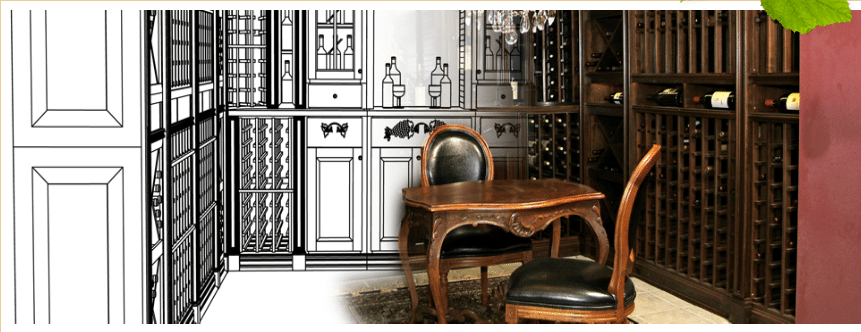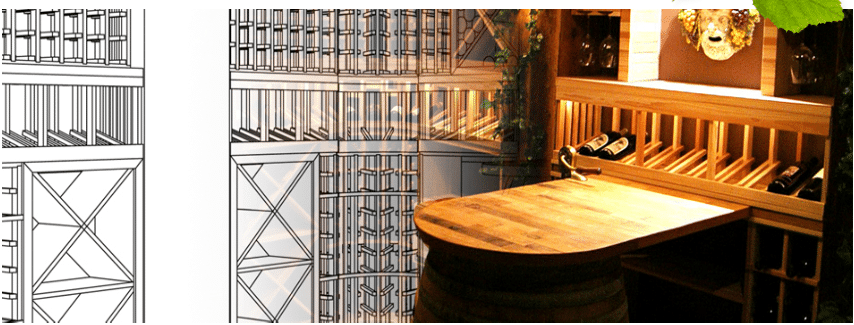A properly functioning wine cellar needs more than just a cooling system to help achieve the necessary conditions for storing and aging wines. Efficient insulation is an essential aspect of proper wine storage. A highly insulated wine storage room ensures that the storage environment is stable enough for wines to mature to their full potential.
There are three primary reasons for insulating custom wine cellars in Chicago Illinois: it lowers energy costs, prevents temperature swings, and maintains the humidity at ideal levels. Poor wine cellar insulation causes the cooling unit to work doubly hard to meet the required climate conditions, which can lead to the system breaking down more often and thereby contribute to higher energy bills.
In order to keep temperature levels within 55 to 59 degrees Fahrenheit and humidity at 60% to 75%, all components of a wine cellar that can potentially bring outside air into the storage space should be thoroughly insulated. This means that insulation should not only be limited to cellar walls, but also extend to the cellar entry door, the floor, the windows, and the ceiling.
Common materials used for insulating custom wine cellars are fiberglass, foam board, and drywall. Fiberglass insulation materials are water resistant and offer versatility in installation because they can be used for various structural applications. Foam board provides ease of installation and requires no maintenance because it is not prone to decay. Drywall has mold and moisture-resistant features that help prevent mold and mildew growth.
Another important aspect that can impact the overall condition of wine cellars is the lighting system. Using proper lighting will keep wines safe from the effects of harmful light sources. A minimal amount of light not only accentuates the various wine bottles on display but also creates the perfect mood for the wine cellar.
The right kind of wine cellar lighting should provide enough illumination to view wine labels properly, find your way around the room, and conduct wine soirees without generating too much heat that can cause irreversible damage to your wine collection.
Keep in mind that not all light bulbs are suitable for wine cellars. Regular light bulbs should be avoided because they have higher heat emissions that can drive up energy costs and increase room temperature. On the other hand, LED-based lighting is ideal for wine cellars because of its energy efficiency and low heat generation.
Wine cellar lighting options come in various designs and configurations, such as recessed can light, track lighting, wall sconces, and recessed halogen lighting systems. Recessed can lights are installed on ceilings that allow you to accentuate specific areas of the wine room. The track lighting system is mostly used for highlighting wine labels stored in wine racks with a high reveal display row.
Wall sconces provide better light distribution. They are usually mounted at eye level to create the desired lighting effect. Recessed halogen lighting systems can add a dramatic flair to any wine cellar interior. This lighting system is equipped with baffles to reduce brightness. Remember to only use halogen bulbs with UV protective coating to protect wines from UV damage.
Installing dimmer switches and light timers in your wine room can provide additional protection to your investment. Dimmer switches allow you to adjust the brightness inside the wine cellar. Light timers help save energy, lower energy bills and minimize exposure of wine bottles to light.








